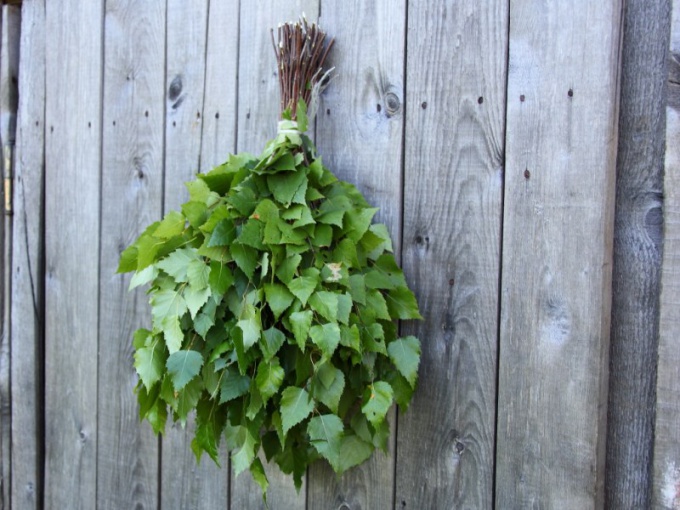Instruction
1
Cut the branches in the first half of June in dry weather, as moist leaves quickly darken during drying, twist and fly. Wait for the gathering of dew and do not over tighten the process of collecting branches until the second half of the day.
2
Select weeping birch, having flexible branches, flowing like tresses, or a young tree with tender leaves and long thin branches that never bloomed. Look closely at the leaves and draw on them to make sure they have a velvety surface.
3
Cut off a birch branch, and loosely tie them so they are not scattered. Hang the bundles so that they were blown by the wind, but does not get direct sunlight. After a week tightly knit the dried twigs and put them in a well-ventilated and dry place.
4
Lay the brooms on the floor and every day turn them so they took the form of a fan. Then put them on top of each other and occasionally shift to achieve the gradual flattening. Avoid drying out of the twigs.
5
Clean the ends of the branches from the twigs and leaves. Make a broom: inside lay thick branches that will serve as a framework and thin, place them around the bend inwards. So a broom will turn out more dense. Squeeze the branch with one hand and wrap them with twine. Leave enough room for the handle to the broom slipped from his hands. The excess ends remove.
Note
A broom after drying should have the leaves are dull green in color and smell, increasing in the process of steaming.
Useful advice
Keep brooms in a haystack, or a single sheaf. This will allow better to keep them on the sheets.
Going to the bath, leave the broom for a few hours in cold water to become soft and fragrant. Going to steam, wrap the broom in a damp cloth and leave for 5 minutes in the steam room on the bottom shelf.
Going to the bath, leave the broom for a few hours in cold water to become soft and fragrant. Going to steam, wrap the broom in a damp cloth and leave for 5 minutes in the steam room on the bottom shelf.
